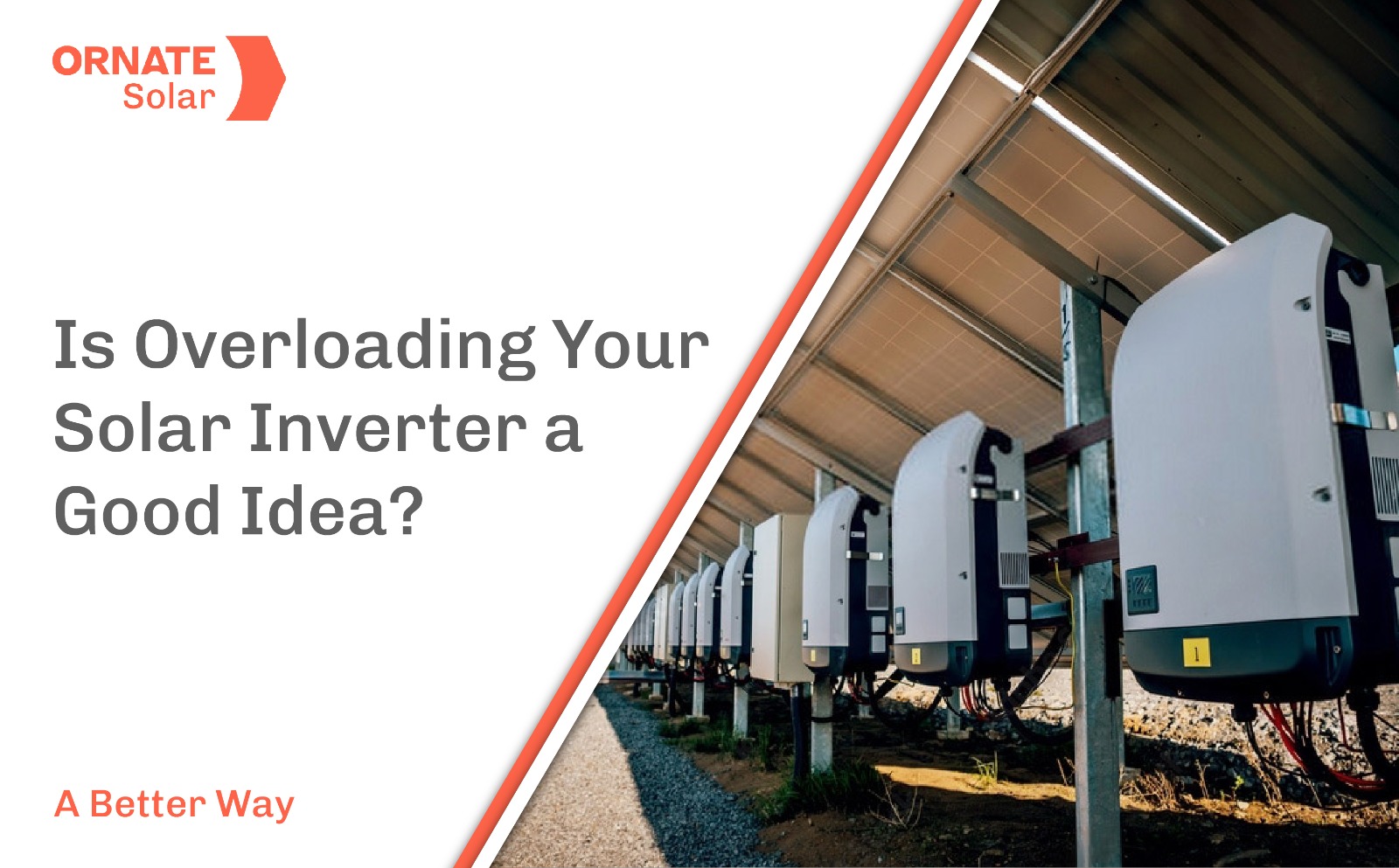

When your solar panels produce more power than your solar inverter can handle, it causes an overload. In simpler terms, you’re using your inverter at a level higher than it’s designed for.
A lot of developers deliberately choose to overload their Inverters. What is the benefit of this? And is it a good practice? Let’s understand in detail.
Why Overload the Solar Inverter?
Solar panels rarely generate their complete power output. A module with a power rating of, say 400 W, will only generate 400 Wp of energy in standard test conditions (STC).
STC measures the performance of solar panels at a set temperature (25 °C) and a fixed irradiance level (1000 W/m2).
But, real-world conditions are different. Depending on your geographical location, the temperature and amount of sunlight falling on solar panels could be higher or lower. As a result, the amount of electricity your solar panel generates will be 10-15% less as compared to the Standard Test Conditions.
In this scenario, the AC output (the power capacity of your solar inverter) remains higher than the DC input (the amount of energy it receives from the solar panels).
Let’s understand this with an example.
Suppose you connect a 10kW solar inverter with a 10kW solar array. But the temperatures are high, and generation is reduced. As a result, your solar panel can generate only 8kW. In this case, the inverter’s output is higher, but the DC input from panels is lower. This disparity lowers the overall generation.
To compensate for this, some inverter manufacturers give you the option of overloading your device, i.e. the ability to connect a higher capacity array.
For example, you can integrate a 12kW array for your 10kW solar inverter. This way, when the DC electricity generated by the solar panels inevitably goes down, it would be closer to the inverter output.
Studies show that overloading your inverter can raise PV efficiency and generation.
Overloading Depends on Your Geographical Area
The solar panel generation is inversely proportional to its temperature. As the temperature goes up, your electricity production goes down. This is the reason why solar panel output is slightly lower in hot regions.
You can opt for overloading in these locations. But, your solar inverter will already be performing at its maximum capacity. If it starts heating up due to the weather, the internal components of the device will degrade. Thus, you have to ensure that your solar inverter is installed in a cool and dry place and has an internal cooling mechanism.
Now, if your solar PV system is located in a colder area and has great irradiation, then chances are your electricity generation will already be at its peak. In such situations, make sure that you do not overload your inverter too much.
This is because if the solar panel production exceeds the inverter’s output rating, it will lead to power clipping. What is that? Power clipping happens when the solar inverter reaches its peak performance, which is typically its power rating. When your solar panels are generating more power than what your solar inverter is designed to create, the device will clip the electricity.
How does this affect you? You lose out on some of your free generated electricity.

Image Source: Science Direct
Should you be Overloading your Solar Inverter?
Solar inverter overloading is a good way to bring solar inverter input and output levels close to each other and raise efficiency. However, it is never recommended to overload your inverter too much. Always keep any array additions to under 25%.
Moreover, it is crucial to acknowledge the geographical area to determine how much overloading is possible. This will help reduce power losses and maintain your system’s health.
Further, always consult a professional before making any decision regarding solar inverter overloading.
About Ornate Solar
Ornate Solar is a leading solar company with 10 years of experience in the industry and the mission to reimagine the way solar is installed worldwide.
By not only partnering with the best-in-class solar brands but manufacturing our high-quality solutions, (panels, solar inverters, accessories, InRoof), we develop and deliver solutions that are modern, reliable, and effective.
If you are looking for high-quality solar inverter solutions, reach out to us at 011 43536666 to discuss your options.




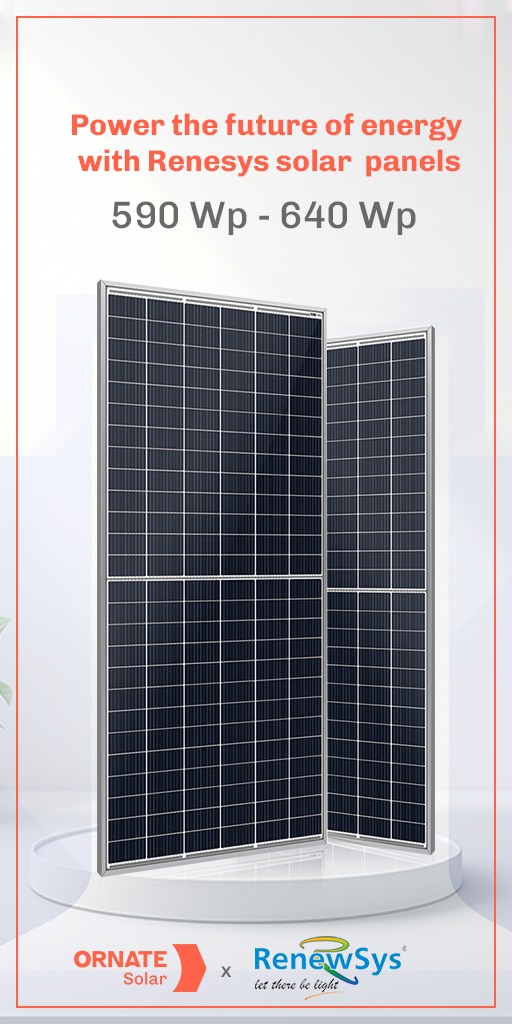





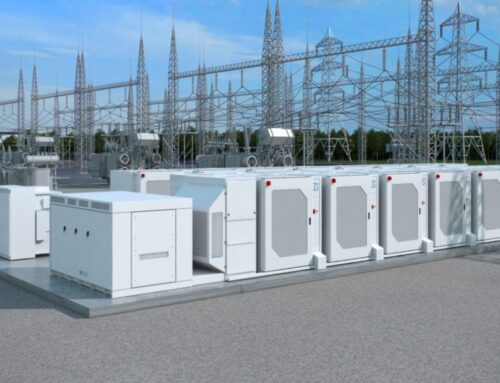
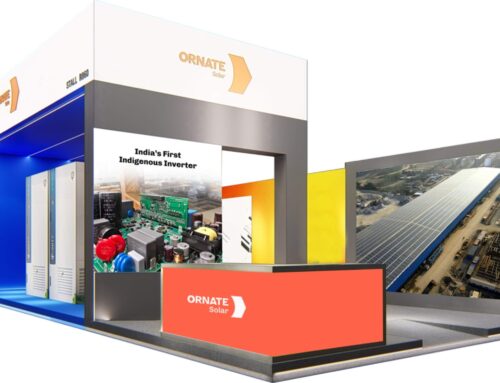
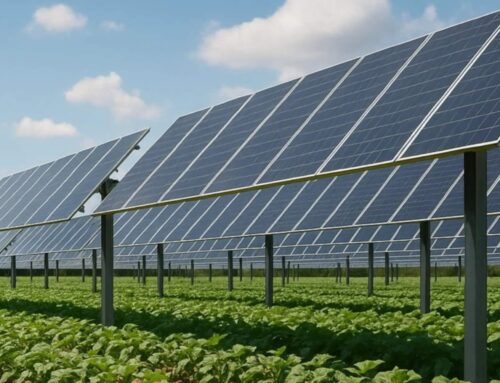
Leave A Comment